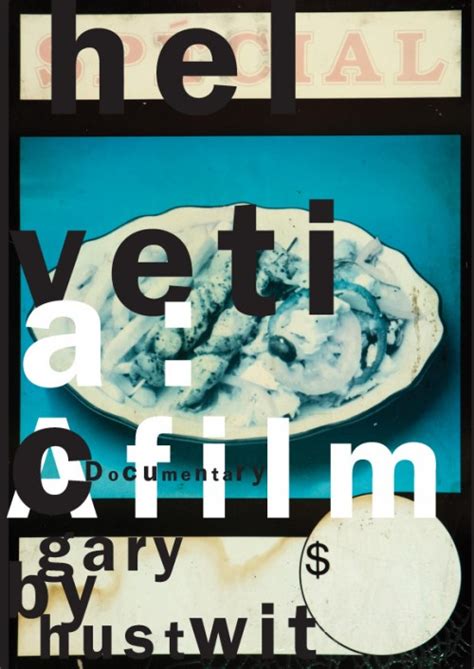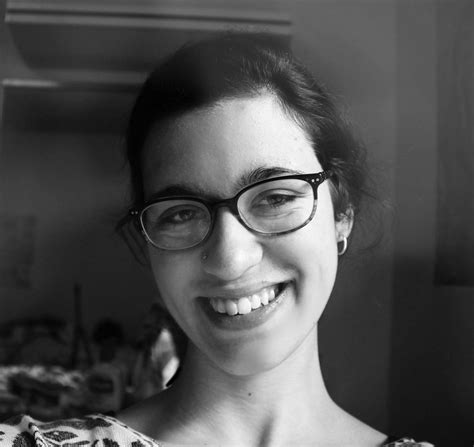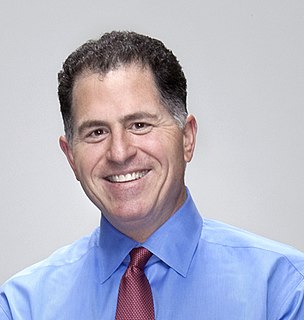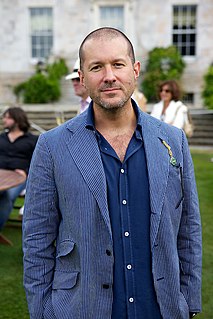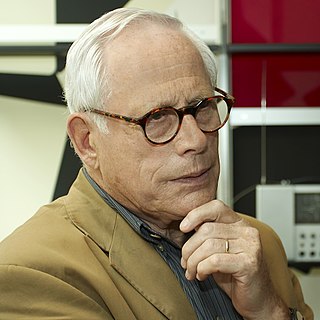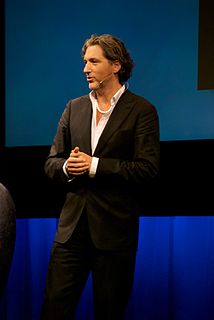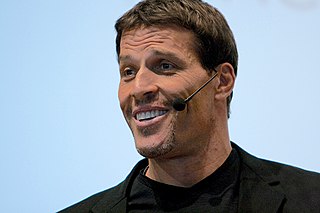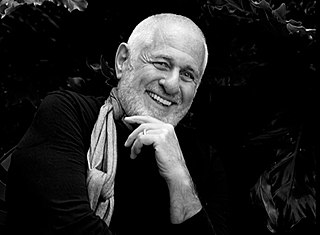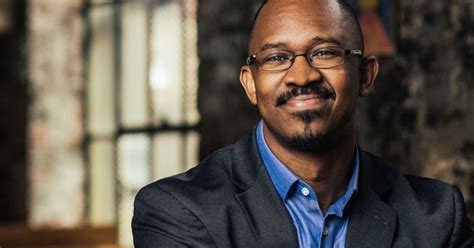A Quote by Cameron Sinclair
If you focus on design, you can call yourself a designer. If you focus on the implementation of your design, you can call yourself an architect.
Related Quotes
I ended up going to do a matches program at the state for industrial design. And from there, I got hired at IDEO to joint their design team there - and basically, you are starting as an industrial designer to design products - and then kept asking the question, 'What else can design accomplish? What else can design do?'
When we think of design, we usually imagine things that are chosen because they are designed. Vases or comic books or architecture... It turns out, though, that most of what we make or design is actually aimed at a public that is there for something else. The design is important, but the design is not the point. Call it "public design"... Public design is for individuals who have to fill out our tax form, interact with our website or check into our hotel room despite the way it's designed, not because of it.
Good design is innovative
2. Good design makes a product useful
3. Good design is aesthetic
4. Good design makes a product understandable
5. Good design is unobtrusive
6. Good design is honest
7. Good design is long-lasting
8. Good design is thorough, down to the last detail
9. Good design is environmentally friendly
10. Good design is as little design as possible
I have a long list of how people call me: 'The Prince of Design,' 'Beethoven of Design,' 'the Dutch Prince of Design' and the list goes on and on and on... and also the 'Lady Gaga of Design!' I am fine with it. I think she is an amazing character who has innovated the music scene and is respected by so many people; she is surprising.
My opening line to my students, and a recurring theme in my classes, was that the big design problem isn't designing a house for your parents or yourself, a museum, or a toaster, or a book, or whatever. The big design problem is designing your life. It's by the design of your life that you create the backboard off which you bounce all your thoughts and ideas and creativity. You have to decide what it is that you want to do each day.
To the designer, great design is beautiful design. A significant amount of effort must be placed into making the product attractive. To the client, great design is effective. It must bring in customers and meet the goals put forth to the designer in the original brief. To the user, great design is functional. It’s easy to read, easy to use and easy to get out of it what was promised Truly great design, then, is when these three perspectives are considered and implemented equally to create a final product that is beautiful, effective and functional.
Where focus goes, energy flows. And where energy flows, whatever you're focusing on grows. In other words, your life is controlled by what you focus on. That's why you need to focus on where you want to go, not on what you fear. When you next find yourself in a state of uncertainty, resist your fear. Shift your focus toward where you want to go and your actions will take you in that direction.

